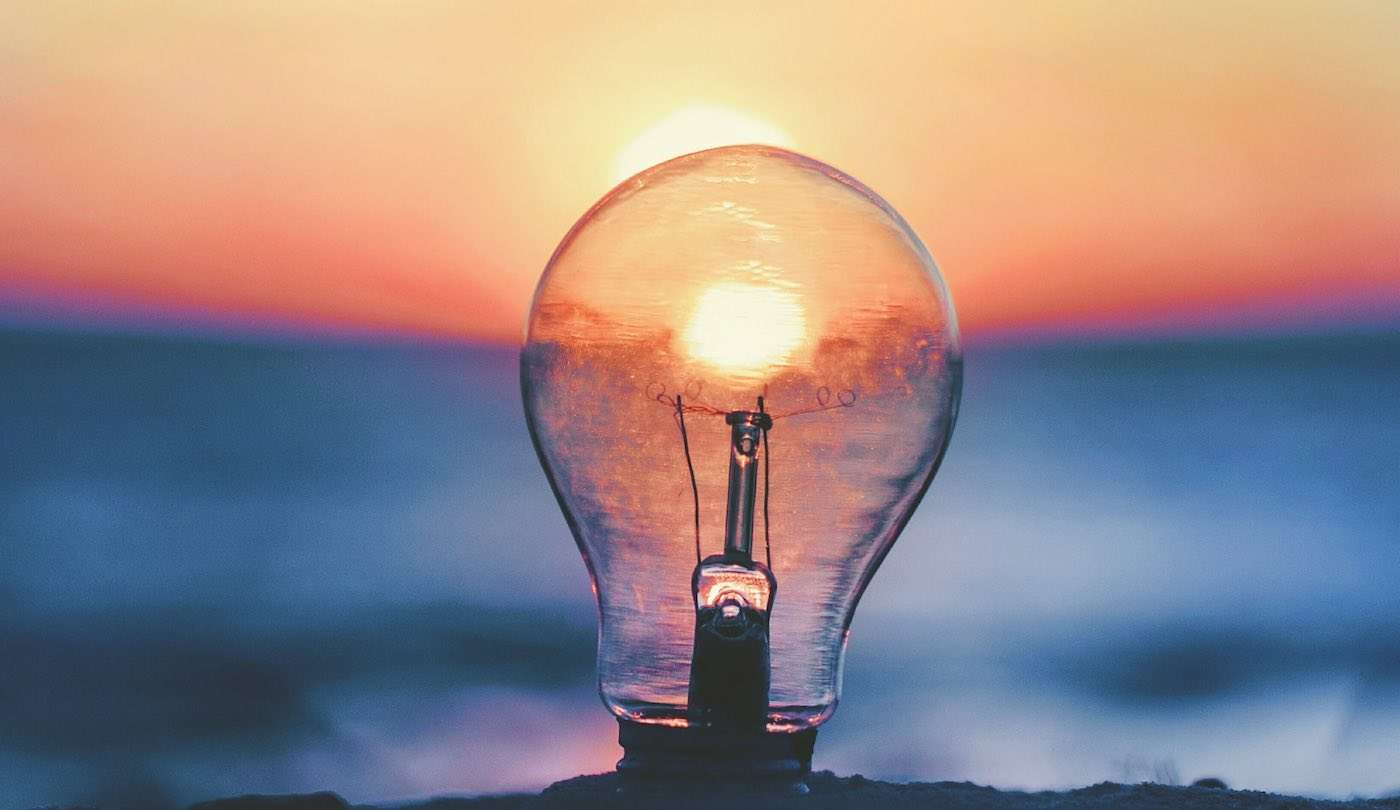Decarbonization Tech Instantly Converts Carbon Dioxide to Solid Carbon
A smart and super-efficient new way of capturing carbon dioxide and converting it to solid carbon could help advance the decarbonization of heavy industries.

South Australia spent the last week of December generating 100% of its power demand from wind and solar.
This isn't unheard of for the sunny southern state in the Land Down Under, but rather the first time it's happened for so many days in a row.
Wind turbines supplied 64.4% of power, while rooftop PV panel generation provided 29.5%, and utility-scale solar averaged 6.2%.
The state would have actually generated more than 100% of its demand but for a brief curtailment of semi-scheduled generation which reduced the totals by 8.2%.
Over that period the contribution from natural gas averaged just 114 megawatts.
The territory is populated by around 1.7 million people, mostly centered around the coast and in Adelaide, its capital city.
The conditions for solar and wind energy has allowed the renewable energy market to flourish, highlighted by the fact that in the same period of last year, 142% of needs were met with these elements.
Being in the Southern Hemisphere, the hottest, driest, and windiest months are all in what Northern Hemisphere dwellers would describe as winter. The solar energy from 110°F (43°C) is generous, as is the wind power from speeds which average 10mph.
In order to harness these, the South Aussies built the Hornsdale Power Reserve. In 2017 it was the world's largest lithium-ion battery, capable of storing 129 megawatt-hours of energy.
ENERGIZE Those News Feeds With This Good News From Down Under…
Be the first to comment